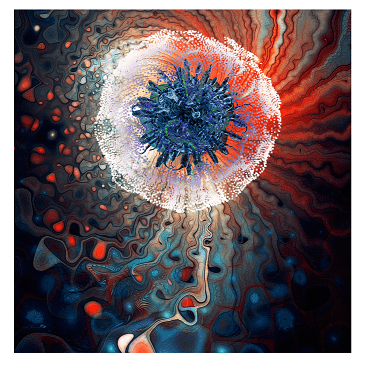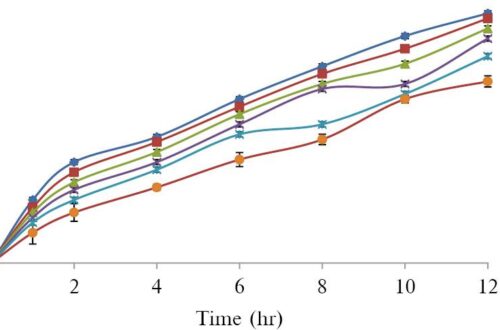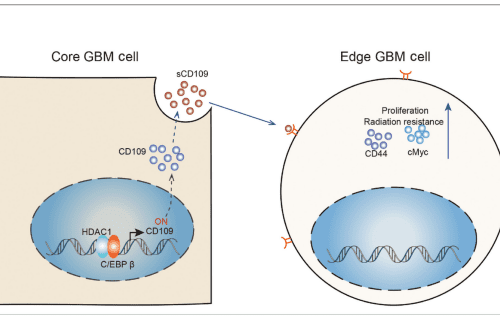
Volume 1 Issue No. 2 Publishes
The issue includes an original research article, a review article, a case report, a commentary and an opinion article offering insights into different areas of life science in both China and internationally.
Featured papers in this issue:
The first featured article in this issue is an original research article entitled “Automated Stage Discrimination of Parkinson’s Disease” by authors Vered Aharonson, Nabeel Seedat, Simon Israeli-Korn, Sharon Hassin-Baer, Michiel Postema and Gilad Yahalom. A device has been available since 2017 that successfully detects Parkinson’s Disease (PD) and operates for people who cannot walk without support. In this study, the suitability of this device for automated discrimination of PD stages was tested. Walking trajectory, velocity, acceleration and force were automatically recorded by the device throughout testing. Correlations were established between these results, additional spatiotemporal quantities, disease duration, L-dihydroxyphenylalanine-(L-DOPA) dose, motor fluctuation, dyskinesia and the mobile part of the Unified Parkinson Disease Rating Scale (UPDRS).
The second featured article in this issue is a case report entitled ”Drug-induced Interstitial Lung Disease in Breast Cancer Patients: A Lesson We Should Learn From Multi-Disciplinary Integration” by Zijun Zhao, Zhanghai He, Hongyan Huang, Jiewen Chen, Shishi He, Ailifeire Yilihamu and Yan Nie. Taxanes represented by paclitaxel and targeted therapy including trastuzumab are two common agents for human epidermal growth factor receptor-2 (HER-2)-positive breast cancer patients. Effectiveness, however, usually comes at the cost of many side effects such as drug-induced interstitial lung diseases (DILDs). Through case studies, and reference to related studies in medical databases, the authors discuss how multi-disciplinary integration of clinical practice and pharmacological mechanisms can make anti-cancer agents less harmful and reduce the incidence of DILD in breast cancer patients during systemic therapy.
The third featured article in this issue is an opinion article entitled “Breast Cancer Multidisciplinary Management during COVID-19 Pandemic: Experiences and Strategies Used by a Singapore Breast Surgical Unit” by Chi Wei Mok, Yert Li Melissa Seet, and Su-Ming Tan. The authors describe the challenges faced and measures adopted by the division during the pandemic in multidisciplinary management of non-COVID breast cancer patients providing insights to serve as a guide for physicians in similar settings who are managing breast cancer patients amidst the pandemic.
Other articles published in the issue include:
Review Article
Enhancing Chemotherapy by RNA Interference
Shuwen Cao, Chunhao Lin, Shunung Liang, Chee Hwee Tan, Phei Er Saw and Xiaoding Xu
Commentary
Yuexin Yu, KokLeng Tan, Bakiah Shaharuddin, Zhikun Guo and Jun Jie Tan
News and Views
BIOI Virtual Academic Series Part 1: Multidisciplinary Integration in Academia
Phei Er Saw



